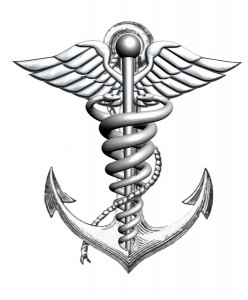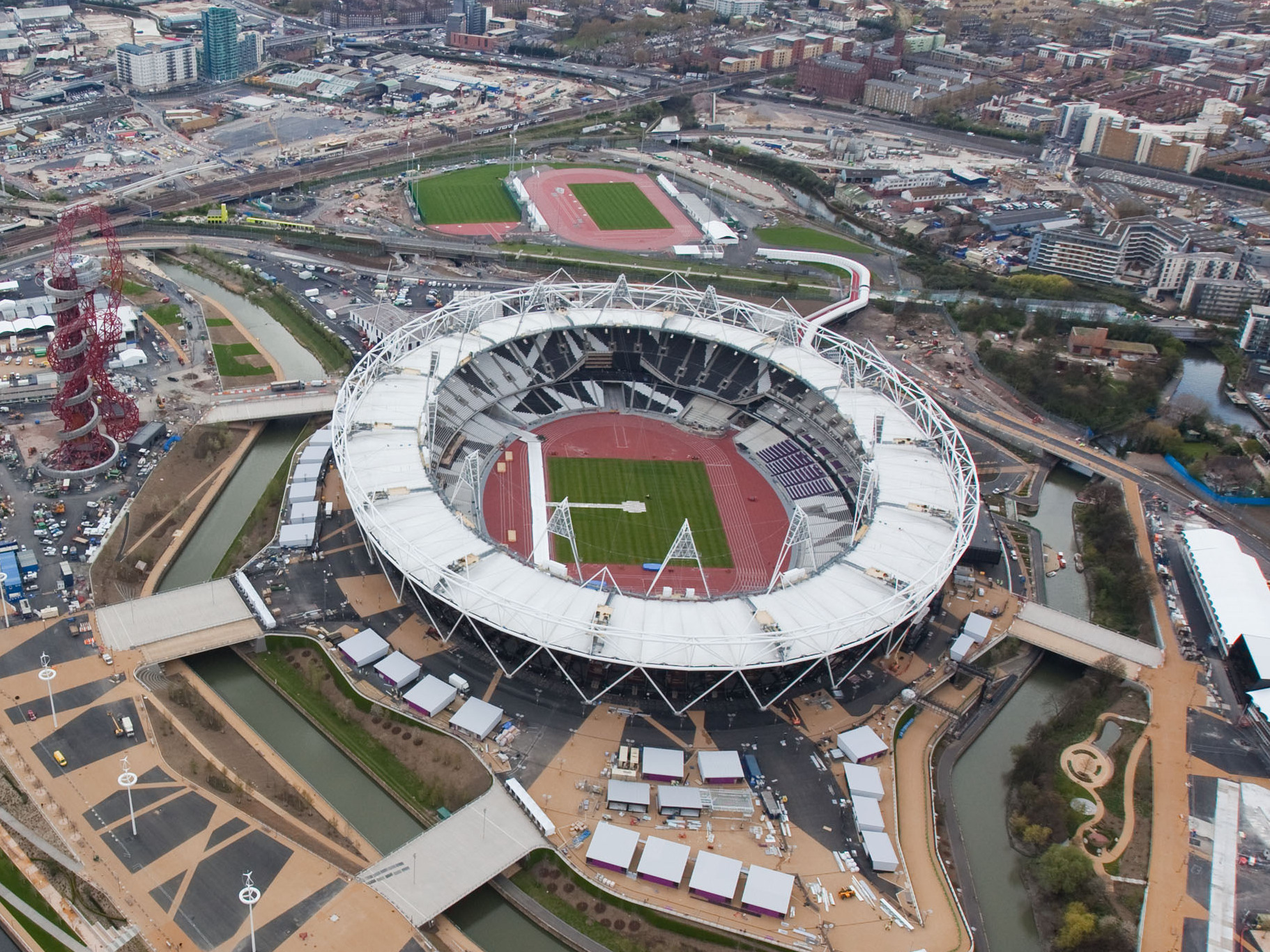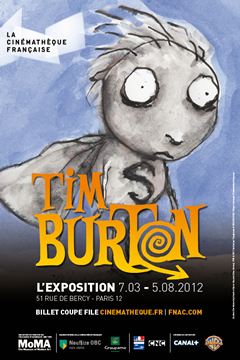Below is an example of communication error — Penn and Teller use strong emotional language and delivery to hide the true meaning of the message. In context — a pretty young woman anxiously and passionately asking individuals at a faire to protect the environment — signing the petition makes sense. People sign many petitions. And the more people sign (or the more signatures they see on the petition), the more likely others sign as well. A woman, seemingly in distress over an environmental problem, inspires an emotional reaction — people want to help. We have a built-in social value system that encourages this kind of behavior. And finally there’s a strong p-prim that all chemicals are bad — so just hearing a chemical compound in a petition gets a response from the crowd. The result? On the language comprehension continuum, these faire goers didn’t do so well…
Tag Archive for emotional reaction
Ethnographic & User Data, Interface Design, Pipsqueak Articles, Uncategorized, Users
Group Color Preferences
by Olga Werby •

The Color of the Redhead Festival… …is NOT red! An annual festival of redheads has been taking place in Breda, Holland, was held on 3 September of this year. Almost 2000 red heads from 52 countries gathered together to share and revel in their DNA, BBC corresponded Tim Allman reported. In the sea of red, what stands out is a clear preference for color green. Somehow, the color green become the unofficial uniform of the red-headed. It’s not like they all thought: “I think everyone will be wearing green, so should I.” More likely, redheads believe they look better in green. But when every one in the group shows up in green, it strengthen the bond. Red Delegates, Blue Delegates Check out this crowd shot of the republican convention. Notice any color that stands out? How about at the democratic convention? And here’s a lighting scheme for the democratic convention: The convention organizers used color as a reenforcement of political unity for the delegates at both conventions. Using Color to Cement Group Affiliation There are certain professions that signal group membership with color: white used to be the preference for doctors and scientists working at a lab; green or blue…
Anchoring Errors, Pipsqueak Articles
Doctors and Anchoring Errors
by Olga Werby •

In the past few months, two people I know almost died (one will die very soon) due to medical mistakes. Considering both of these men are well educated and live in America, in major metropolitan areas, with access to a wide variety of experts, and with very supportive family and friends, how can this happen? Tragically enough, their stories are not the exceptions. They fell victim to Anchoring Errors — judgement errors common in situations with lots of stress (e.g. emergency rooms); where many individuals are involved (e.g. a parade of doctors assigned to a patient in a hospital); where there’s inadequate time for problem solving (again, think emergency rooms); and, most importantly, there’s no built-in mechanisms to go back and re-conceptualize the problem, to re-diagnose, and to change the solution in the light of other variables or data. Doctors make mistakes. We ALL do, all the time. But when doctors make it, the prognosis for the patients are sometimes dire. In the cases I’m about to describe, deadly… “How Doctors Think” is an amazing book and one I have given to many of my friends and family and even to my personal physician. It describes way in which even…
Conceptual Design, Cultural Differences, Interaction Design, Interface Design, Pipsqueak Articles, Product Design Strategy
Design and the Olympic Games
by Olga Werby •

The Olympic Games are coming to a close and there are some interesting design decisions that seem worth mentioning. But let’s start with a cursory set of design requirements: safety, transportation, visibility and observability of events, entertainment, fairness, cultural sensitivity and appropriateness, and so much more. As with all design problems, divide and concur is a good approach: who are the audiences; what are their needs; what are the time, budget, and personal resources of the project; and what are the considerations (goals) of the sponsoring country. These are the basics of product design. From these variables, we can set priorities and deduce probabilities of errors and failures and how to accommodate them with design. Clearly, this is too much to cover in one blog, but here are a few thoughts… Safety There are many safety concerns in staging big, multinational events. Let’s first consider the different groups of individuals: safety for the participants, organizers, audience, supporting staff. We can break this down even more (by country, by sex, by religion, by location, by celebrity, etc.), but these are the large categories. It’s important to consider the safety for each group separately and provide supports as necessary. There are different…
Anchoring Errors, Background Knowledge, Background Knowledge Errors, Cognitive Blindness, Cultural Bias, Cultural Differences, Diagnostic Errors, Errors, Ethnographic & User Data, Group Decision Errors, Mental Model Traps, Mirroring Errors, Misapplication of Problem Solving Strategies, Pipsqueak Articles, Product Design Strategy, Users
Cultural Barriers to Success
by Olga Werby •

Man-made Disasters in a Wake of Tsunami This month, The Fukushima Nuclear Accident Independent Investigation Commission issued its final report on the disaster: It was man-made! Here’s a quote from the report: What must be admitted — very painfully — is that this was a disaster “Made in Japan.” Its fundamental causes are to be found in the ingrained conventions of Japanese culture: our reflexive obedience; our reluctance to question authority; our devotion to ‘sticking with the program”; our groupism; and our insularity. Had other Japanese been in the shoes of those who bear responsibility for this accident, the result may well have been the same. The last sentence is particular insightful — the blame was not rested on the shoulders of a particular individual, as tempting as that might be, or even on the shoulders of some manager. The fault was places on the cultural context in which the incident played out. Museums in Paris We just got back from seeing a Tim Burton exhibit at the La Cinémathèque, in Paris. The content of the exhibit, as one could imagine, is quite wonderful. But there were many, many human failures in making the visit an enjoyable experience. And yes,…
Background Knowledge, Cultural Bias, Cultural Differences, Mental Model Traps, Pipsqueak Articles, Product Design Strategy, Users
Foie Gras on Child’s Menu and Other Cultural Differences
by Olga Werby •

We are staying in a tiny village of Cenac, in a beautiful Dordogne Valley in France — the valley of foie gras (duck liver). The other day, when we went out for dinner in a local restaurant, we saw a great little item on the Child’s Menu: foie gras! Imagine a duck liver pate on a child’s menu anywhere in US? Here, it’s a common item — if not duck liver, than some other pate is often on the menu for kids. Check out the photo we took of the elementary school menu, posted on the door of the school: Notice the rabbit, duck, olives, salad and vegetables, and, of course, the pate on the menu! I think the families and children in this small village would be shocked by the menu offerings at our schools in San Francisco! This is a cultural difference! Cultural differences affect how we think about problem solving — how we approach the problem and how we go about looking for solutions. Consider a few images below. They are from India and show a cultural difference in imaginative solutions to every day problems: The motorcycle bus and the home-made flotation device show creativity within a…
Conceptual Design, Cultural Bias, Cultural Differences, Featured, Pipsqueak Articles, Product Design Strategy
30,000 Years of Logo Evolution
by Olga Werby •

Logos have undergone an amazing amount of visual change in the last 30,000 years — obvious statement, isn’t it? But if you look at the change, all grouped together, what we are seeing is the evolution of visual language. The way we relate to icons and what we want them to be is changing continuously. From “I was here” hand print on the wall of an ancient cave to the modern version of Apple logo, we are just trying to make a brand that the current generation of users finds visually appealing.
